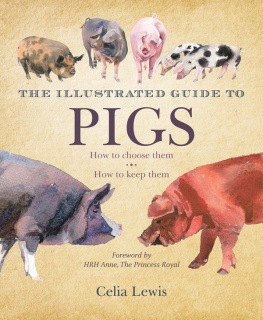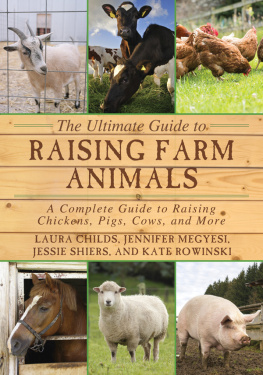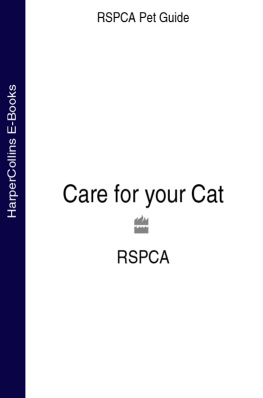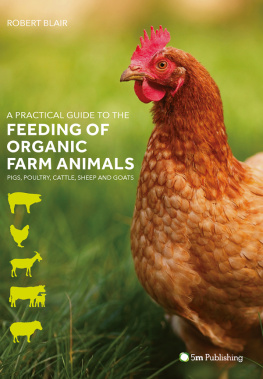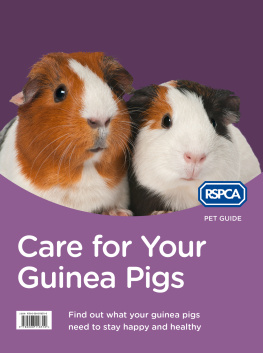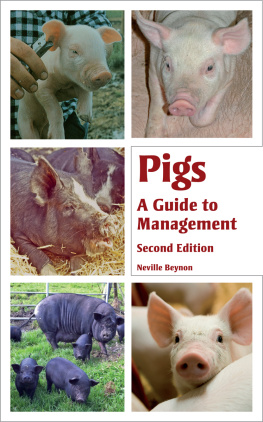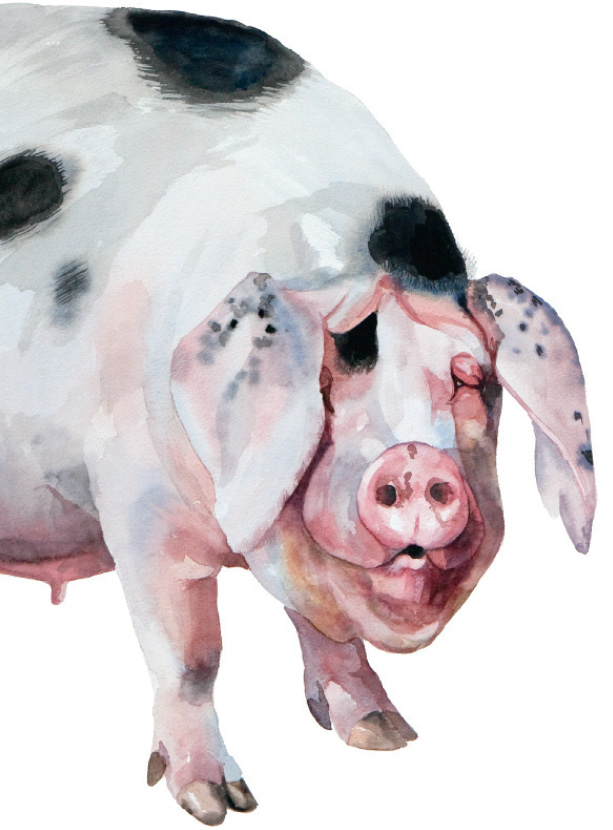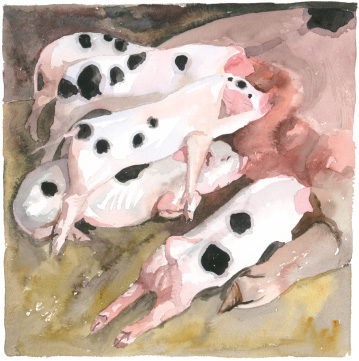Copyright 2011 by Celia Lewis
All Rights Reserved. No part of this book may be reproduced in any manner without the express written consent of the publisher, except in the case of brief excerpts in critical reviews or articles. All inquiries should be addressed to Skyhorse Publishing, 307 West 36th Street, 11th Floor, New York, NY 10018.
Skyhorse Publishing books may be purchased in bulk at special discounts for sales promotion, corporate gifts, fund-raising, or educational purposes. Special editions can also be created to specifications. For details, contact the Special Sales Department, Skyhorse Publishing, 307 West 36th Street, 11th Floor, New York, NY 10018 or info@skyhorsepublishing.com.
Skyhorse and Skyhorse Publishing are registered trademarks of Skyhorse Publishing, Inc., a Delaware corporation.
www.skyhorsepublishing.com
10 9 8 7 6 5 4 3 2 1
Library of Congress Cataloging-in-Publication Data is available on file.
ISBN: 978-1-61608-436-3
Printed in TK
Contents

I am pleased to have been Patron of the Gloucestershire Old Spots Pig Breeders Club since November 2009 and indeed have raised a number of these historic pigs at my Gatcombe Park estate. So I am delighted to be able to provide a foreword for this book, a true celebration of these intelligent and endearing creatures, An Iltustnated Guide to Pigs.
Known in Britain for hundreds of years, the Gloucestershire Old Spots was renowned for its prolific breeding, ease of management and the delicious pork and bacon that it produced. Yet during the 20th century, the GOS, along with many other traditional breeds, suffered a disastrous decline: by 1974, there were just 13 registered breeding boars. Dedicated work by enthusiasts has halted the GOS's dee tine, but several breeds, including the British Lop, Large Black and Middle White, remain endangered or vulnerable. Their loss would be a sad day for our agricultural heritage.
Today, we are all more conscious of our responsibility for the welfare of the creatures we rely on to feed us. Raising pigs slowly and in the traditional manner princes contented animals and better-tasting meat. By championing die unique and varied characteristics of our pigs, I hope that this book will inform a new generation of pig breeders and enthusiasts and ensure the future survival of a wide range of breeds.
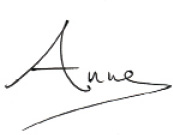
Introduction
For some reason the pig has historically attracted a great deal of bad press, most of it entirely unwarranted. The term sweating like a pig is positively inaccurate, as pigs possess no sweat glands. And as one of the more intelligent animals it's hard to see why pigs give their name to the derogatory expression pig ignorant? A dirty pig is hard to find in the porcine world, as pigs never soil their beds if they can possibly help it. And as for pig ugly, beauty has always been in the eye of the beholder and many pig lovers would hotly dispute this description.
The pig is a remarkably adaptable animal and famously every part of it can be used except the squeal. The bristles are used for the finest hairbrushes and artists' paintbrushes, and once upon a time were used to make toothbrushes. The intestines provide skins for sausages; pigs' blood is turned into black pudding; while albumin, a protein in blood, is used in fixing pigment colors in cloth, clarifying liquors and making waterproof glues. Tusks and bones are used to make buttons and are an important component in bone china and bone meal in fertiliser.
Heart valves from specially bred pigs are successfully used in human heart transplants while pigs' pancreas glands provide a source of insulin for diabetics. As the hairs grow through the hide, pigskin leather is porous and breathable and suitable for items including gloves, shoes, footballs and saddles.
Pigs contribute all of the abovenot to mention bacon, pork and lard. Today, different types of pigs are specially reared to produce pork or baconthe former are more muscular and solid, the latter longer and leaner. In the past they were also specially bred for lard, once an important product used for cooking and as an essential lubricant, in the manufacture of soap, as lamp oil, in cosmetics and explosives. When newly developed synthetic lubricants and vegetable oils took over by the 1950s, the breeding of lard pigs declined.
Descendents of the Wild Boar (see ), pigs were one of the very first animals to be tamed and domesticated by humansperhaps as long as 9000 years ago. As omnivores, they can and do eat anything and everything, a fact that made their early domestication considerably easier for the farmer. Domestic swine are now found on every continent on earth except Antarctica.
By the Middle Ages in Europe, virtually every hobby farmer would have kept a cottagers pig, a sow that raised piglets over the summer. In the autumn when food became short the young pigs would be slaughtered and their meat salted to feed the family through the winter. Just a few boars would be kept and the boar walker would come round in the spring. Each village had a swineherd whose responsibility was to take the pigs to forage for acorns or beechnuts.
Although individual pig keeping had declined following the great movement to urban areas that took place in the nineteenth century, during the Second World War many British people were encouraged to keep a pig. As they could be economically fed on household waste, trash cans were used to hold for scraps for the pig. Today this rather random approach to nutrition would probably not be allowed, as government regulations require that all pigs must be vegetarian.
After the war, pig keeping turned into a commercial enterprise. By the end of the 1950s, large-scale pig keeping units raising thousands of animals were found everywhere, and the hobby farmer with a pig or two became a rarity.
Today, small-scale pig farming is gaining once more in popularity as people become more interested in where and how their meat is reared. Many breeds that were on the brink of extinction are gaining in numbers. While factory farms remain the norm in the United States, organic farming is expanding rapidly, with nearly 5 million acres dedicated to organic production systems.
...............
This book is aimed both at people who are interested in raising their own pigs as well as those who simply love them in all their various forms. It gives an introduction to how to keep pigs, from deciding on the correct breed for your circumstances, to buying, transporting and settling them in. It covers aspects of feeding and looking after pigs including farrowing and dealing with ailments, followed by an illustrated guide to 38 popular breeds. The last section focuses on the slaughtering process, the various cuts of meat and explains how to cure bacon and ham and make sausages.
HOW PIGS WON THE WAR
Because of the pail,
the scraps were saved,
Because of the scraps,

